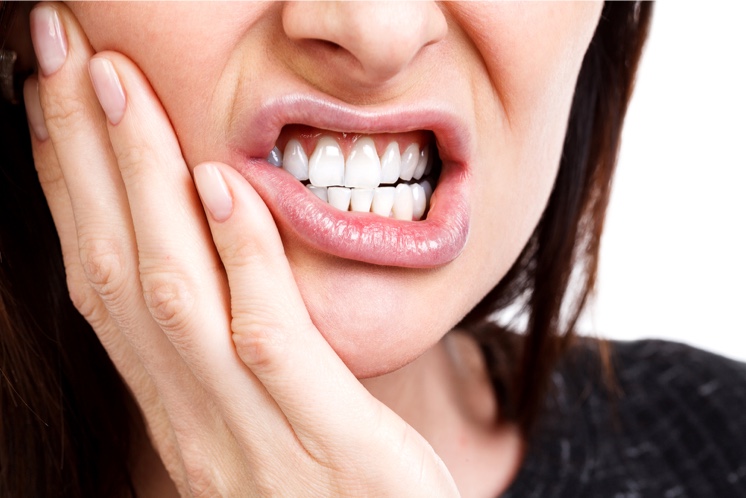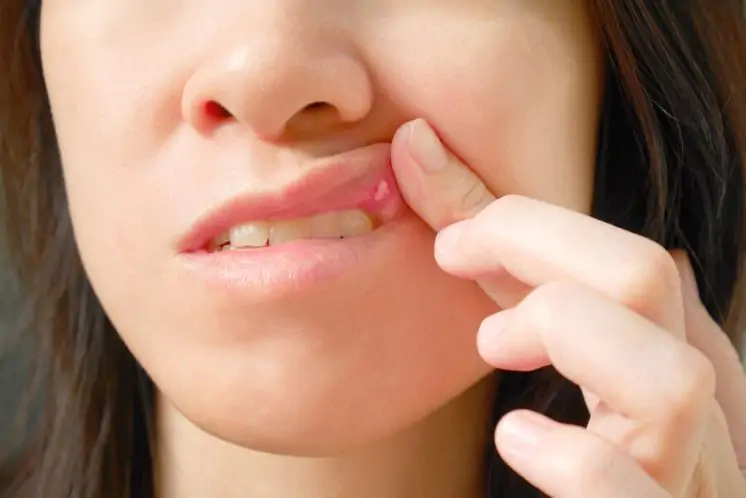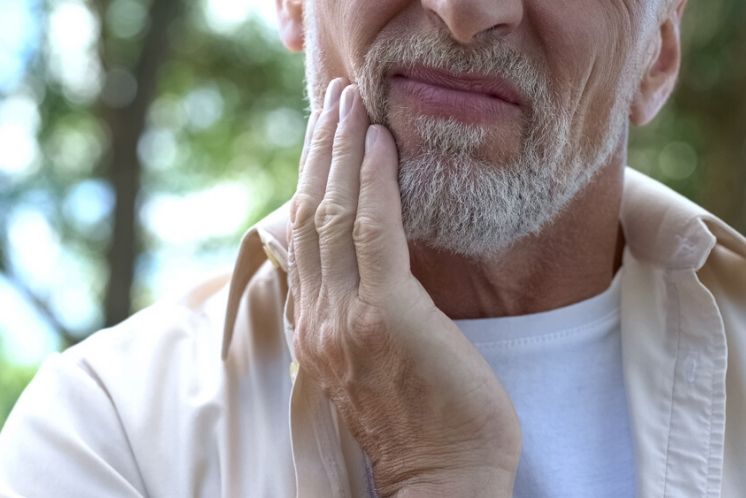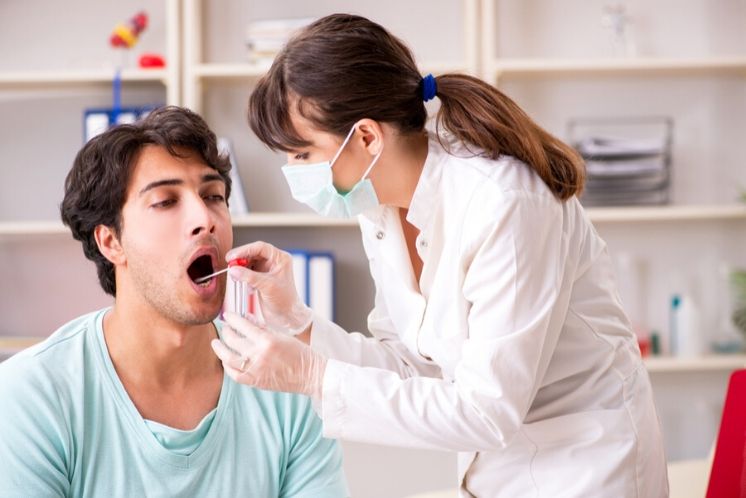Stomatitis: types, causes and treatment
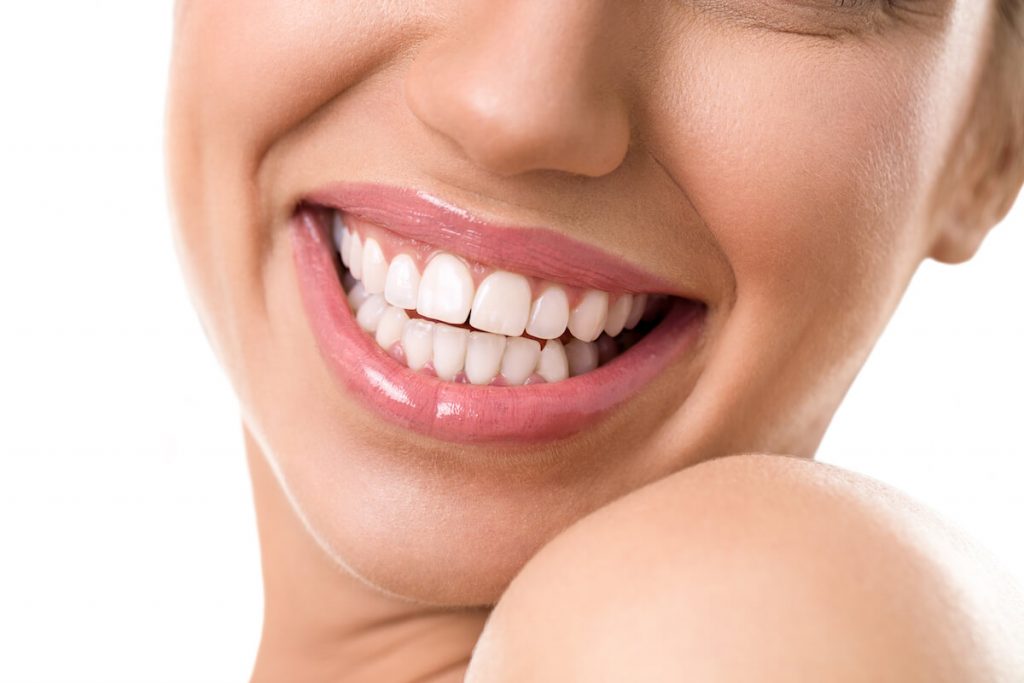
Stomatitis is the general term to describe an inflamed, painful mouth with mouth ulcers. It may alter a person’s ability to eat and drink.
Stomatitis can occur in any part of the mouth, including the inside of the cheeks, the gums, the tongue, the lips and the palate.
Its causes vary greatly, from a local infection to a systematic illness, a physical or chemical irritant, an allergic reaction or even stress. In many cases, its causes are idiopathic (spontaneous eruption of an unknown cause).
Infections such as candidiasis or mononucleosis may cause stomatitis, which reveal themselves, for example, with the appearance of red stains on the patient’s palate.
Types of stomatitis
There are different types of stomatitis, based on how their symptoms unfold:
- Aphthous stomatitis: It is characterised by the presence of white or yellow ulcers with an external red ring. They generally appear on the cheeks, tongue or inside of the lips.
- Herpetic stomatitis: Characterised by the presence of ulcers full of liquid caused on or around the lips. On rare occasions, they form on the gums or on the palate. They are normally associated with tingling symptoms, sensitivity or a burning sensation before the ulcers appear.
- Angular stomatitis: Also known as queilitis angular, it is a condition that causes red inflamed stains in the corners of the mouth, where the lips join together and form an angle. They may appear on one side of the mouth or on both sides at the same time.
Treatments for stomatitis
Treatment for stomatitis depends, to a large extent, on the cause leading to it, hence, as a main measure, it would be necessary to treat this cause through specific medication if it is caused by a viral, bacterial or fungal infection.
If the cause is unknown, the treatment must be aimed at alleviating the symptoms.
The treatments aimed at relieving the symptoms of stomatitis may include an increased consumption of liquids, the taking of painkillers, such as paracetamol for fever and pain, topical medicines to reduce pain and, above all, maintaining good oral hygiene to avoid a secondary over-infection, and using topical agents or mouthwash such as anaesthetics, protective covers or even anti-inflammatory drugs.



